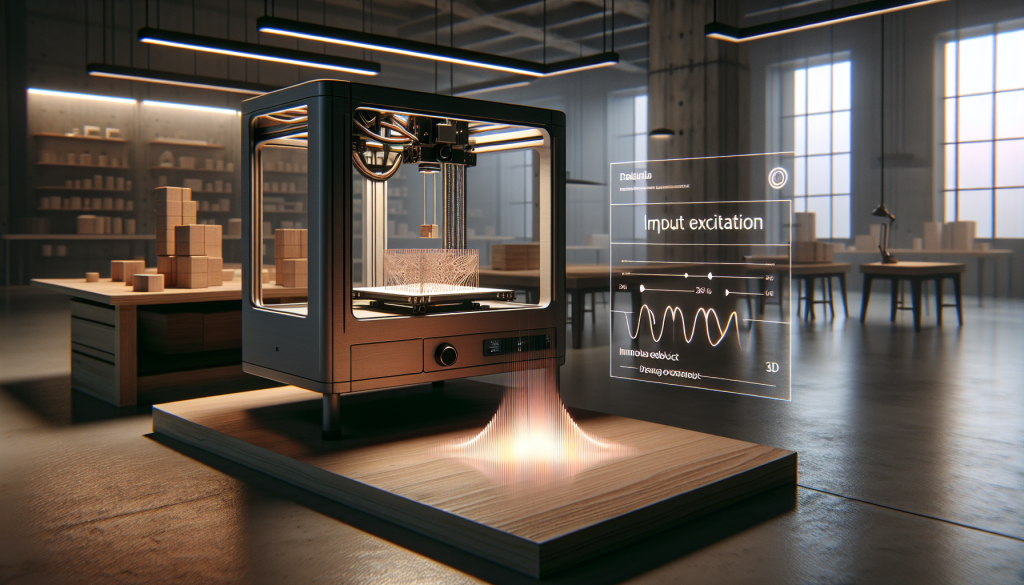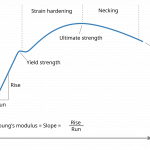
Key Takeaways
- Impulse Excitation offers a fast and non-destructive way to detect internal defects in 3D printed parts before they cause failure.
- Integrating defect detection into additive manufacturing workflows improves product quality and reduces costly production errors.
- By measuring material stiffness and dampening properties, manufacturers can ensure consistent performance in every 3D printed component.
- Early defect detection reduces waste, shortens production time, and boosts customer satisfaction in industries relying on additive manufacturing.
Why Detecting Defects in 3D Prints is Critical
In today’s fast-paced manufacturing world, quality control has become a defining factor for competitiveness. While 3D printing and additive manufacturing offer incredible flexibility, they also pose unique challenges, most notably, hidden defects. These imperfections can lead to part failure, higher manufacturing costs, and lost business opportunities.
For manufacturers, delivering strong, reliable, and defect-free parts is non-negotiable. This is where modern methods like Impulse Excitation come into play, helping to ensure you never ship a flawed product again.
The Problem: Hidden Defects in Additive Manufacturing
Traditional quality inspection methods often miss microscopic cracks, structural inconsistencies, and internal voids. In 3D printing, these defects can occur due to:
- Layer bonding issues during the printing process
- Incorrect material compositions or contaminated material
- Thermal stress during cooling and post-processing
- Environmental conditions affecting print quality
Without early detection, these hidden defects can compromise the lifespan and performance of a product, impacting customer trust and brand reputation.
The Solution: Impulse Excitation Testing for Quality Assurance
Impulse Excitation is a proven, non-destructive method that identifies defects by analyzing the resonant frequencies of a part. By placing the component on a fixture, tapping it, and recording its vibration response, manufacturers can quickly detect structural weaknesses, even if they’re invisible to the naked eye.
This technique measures factors like Young’s modulus, shear modulus, and damping, providing a comprehensive picture of the material’s health. The benefits extend beyond defect detection, offering insights into the overall manufacturing process.
Advantages of Integrating Impulse Excitation
- Speed: Tests take seconds, enabling rapid checks for every batch.
- Cost Efficiency: Prevents production waste by catching defects early.
- Consistency: Ensures repeatable, reliable part performance.
- Non-Destructive: Parts remain fully usable after testing.
How It Works in the 3D Printing Workflow
- Preparation: Finished 3D printed parts are placed in a controlled environment.
- Impulse Excitation: A quick mechanical tap initiates vibrations in the material.
- Data Capture: Sensitive sensors and microphones record the resonance response.
- Analysis: Software compares results against baseline data to flag anomalies.
This seamless process allows manufacturers to add critical quality assurance without interrupting production schedules.
Applications Across Industries
From aerospace to medical implants, industries rely on additive manufacturing for precision components where failure is not an option. Impulse Excitation applications are diverse and adaptable, making them a trusted choice for:
- Aerospace engineering for critical flight components
- Automotive prototypes and performance parts
- Medical-grade prosthetics and implants
- Industrial tools and high-performance machinery
Each of these sectors benefits from the peace of mind that comes with early defect detection and reliable quality control.
Case Example: Improving Additive Manufacturing Outcomes
A growing manufacturing firm specializing in high-performance drone parts integrated Impulse Excitation testing into its workflow. Within weeks, they reported a significant reduction in part failures, cutting rework times in half and winning larger contracts that demanded tighter quality control standards.
Choosing the Right Impulse Excitation Equipment
Success with defect detection depends on using the right technology. Modern solutions like the GrindoSonic MK7 combine mobility, speed, and precision, making them ideal for additive manufacturing environments ranging from small R&D labs to large production plants.
Factors to Consider
| Factor | Why It Matters |
|---|---|
| Accuracy | Higher measurement precision means fewer false positives. |
| Ease of Use | Simple operation reduces training time for staff. |
| Speed | Fast testing keeps production moving without delays. |
| Integration Capability | Fits seamlessly into existing additive manufacturing workflows. |
Future of Quality Control in Additive Manufacturing
As additive manufacturing continues to grow, integrating advanced defect detection methods will be the norm. Impulse Excitation stands out as a scalable, economical, and highly effective technique to ensure quality without slowing production. This means happier customers, stronger products, and a competitive edge in a demanding marketplace.
FAQ
What is Impulse Excitation in manufacturing?
Impulse Excitation is a non-destructive testing method that uses vibration analysis to determine a material’s mechanical properties and detect structural defects quickly.
Can Impulse Excitation detect internal defects in 3D printed parts?
Yes. By analyzing resonant frequency changes, this method can identify defects such as cracks, bonding issues, and material inconsistencies inside 3D printed components.
Is this testing method suitable for all materials?
Impulse Excitation works with metals, ceramics, polymers, and composites, making it ideal for the wide range of materials used in additive manufacturing.
How fast can defects be detected?
Testing typically takes only a few seconds, allowing manufacturers to inspect large batches without increasing production time.
Does Impulse Excitation replace other quality control methods?
It’s best used as part of a comprehensive quality assurance strategy, complementing visual inspections and other measurements for maximum reliability.
Start improving your additive manufacturing quality control today. Contact our team to discuss how Impulse Excitation technology can be integrated into your production to ensure defect-free 3D prints and increase customer confidence.



